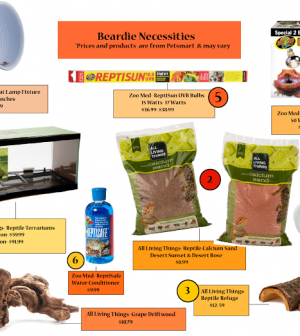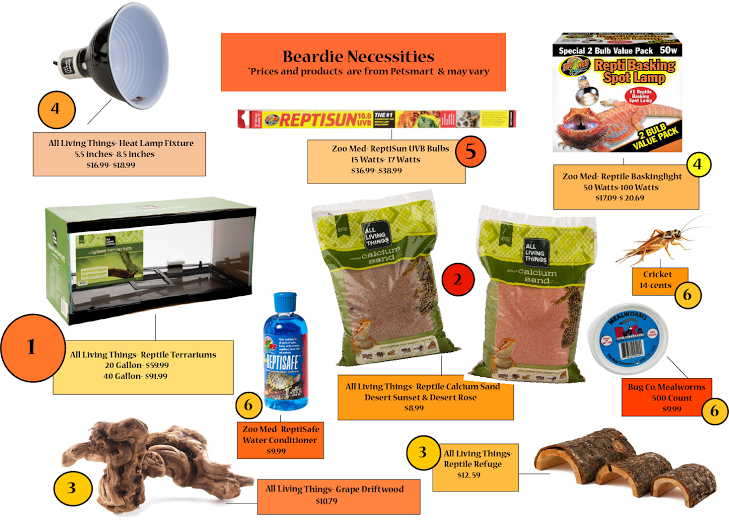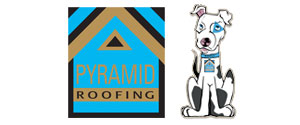- Do you subscribe to Dharma Dog Training’s Newsletter? You should.
- A Unique Campaign from The Humane Society of the United States
- Rabid bats in Omaha- Stay safe, prepared with these tips
- Springtime Activities in Omaha
- Mill Dog Monthly from Bailing Out Benji
- World Spay Day, Legislative Alert in Nebraska
- Attend the Nebraska Rescue Council’s monthly meeting this Saturday
- Five Hard-to-Ignore Reasons to Adopt!
- Paws in Pink to Benefit Breast Cancer Foundation
- VCA, Inc. Acquires MidWest Vet Specialists from Kansas State University
Bearded Dragons- your next companion lizard?

The first time I set my eyes on a bearded dragon I was 11 years old. My brother, who was a Boy Scout, was working on earning his Reptile badge and a part was getting a reptile. We went to Lizard King, which used to be in downtown Benson before closing a couple of years ago.
In the back of the store, on the lowest shelf, was a ten-gallon tank with a small orange and yellow bearded dragon. The owner of the store, a guy I can only describe as gruff and in his forties, told us that it was a girl…and she was a runt.
My brother instantly fell in love with her and we brought her home the very same day. We now affectionately call her “Beardie” despite my brother’s attempts to name her “The Annihilator.”
Now, my brother had been researching beardies for months and knew what they needed. But beardies have special needs and should not be bought on a whim. He learned a lot from the book, Bearded Dragons, by Philip Purser, which can be found in most pet stores as well as online for $10.
Some of the basic care items for a bearded dragons include tanks, substrate (flooring), cage furnishings (decorations), food and heating sources.
1: Tanks
Purser said that for a baby bearded dragon a 20-gallon tank would do. But because they grow fast and tend to be active they will eventually need a bigger tank. The bare minimum for adult beardie is 40-gallons.
Glass tanks are the best because they are easy to clean and allow the beardies to see what is going on. They also retain heat evenly while having plenty of ventilation. Other options include metal, acrylic and plastic tanks.
2: Substrate (flooring)
The best option is a calcium-based sand because if ingested their bodies can pass it. If you use normal sand, you run the risk of your beardie getting an impacted gut. This happens when the beardies ingest small quantities of sand and cannot pass them, so it blocks their intestinal track.
Sand is also a good option because it’s part of the natural environment. You will need about 2-to-3 inches of sand to allow them to burrow if they are scared or want to cool down.
Pebbles or gravel is another option but if ingested, they could cause intestinal blockage that has to be removed in surgery.
3: Cage Furnishings (decorations)
There are several other things your beardie will need to live a comfortable and happy life. Beardies like to climb, so it’s always a good idea to have a piece of driftwood or a rock structure in the cage. Both can be found at pet stores.
They also need a place to hide. In their natural habitat beardies will hide for a number of reasons, like to get away from predators or cool down. Logs or a simple shoe box with a hole will work.
4: Heat Sources
Since beardies come from a hot & dry climate it is important to keep their tanks around the same temperature. A beardies tank should typically be kept between 80-84 degrees. However, one side of the cage should have a basking light and a place for the beardies to lay out on. This area should be kept between 95-100 degrees. The wattage depends on the distance between the cage and the bulb.
Tip: Do not use a heated rock. The wiring in the rock could malfunction and heat to temperatures that could burn your beardie.
5: Other Light Sources
A desert fluorescent UVB bulb is another light source to consider. This light will help your beardie digest its food easier and quicker.
6: Food & Water
Because our tap waters typically have chemicals in their beardies cannot drink the same water. Water must be properly treated using Reptisafe by Zoo Med. This will help remove chemicals as well as adding calcium and electrolytes.
Beardies can eat a variety of things. They enjoy crickets or mealworms as well as salads with a variety of fruits and veggies. It is important to switch between salad and mealworms or crickets so that the beardie gets a balanced diet.
Latest News
-
3 Tips for Pet Owners on Training Rescue Dogs
Owning a rescue dog can take some work compared to...
- Posted 3 weeks ago
- 0
-
10 Tips To Remember When Bringing Your Rescue Dog Home
Bringing your new rescue dog home for the first time...
- Posted 4 weeks ago
- 0
-
Choosing the Right Pet for Your Lifestyle
Are you thinking about getting a pet but unsure what...
- Posted 1 month ago
- 0
-
How to Make Your Rescue Pet as Comfortable as Possible
Did you bring home a new pet from a shelter...
- Posted 2 months ago
- 0
-
How Having A Pet Can Change Your Life
Having a pet can open your heart in ways that...
- Posted 7 months ago
- 0
-
How To Improve The Life Of Your Senior Pet
Do you have an elderly fur baby and want to...
- Posted 8 months ago
- 0
-
Springtime Activities To Enjoy With Your Furry Friends
Are you preparing for warmer weather and want some ideas...
- Posted 9 months ago
- 0



















You must be logged in to post a comment Login